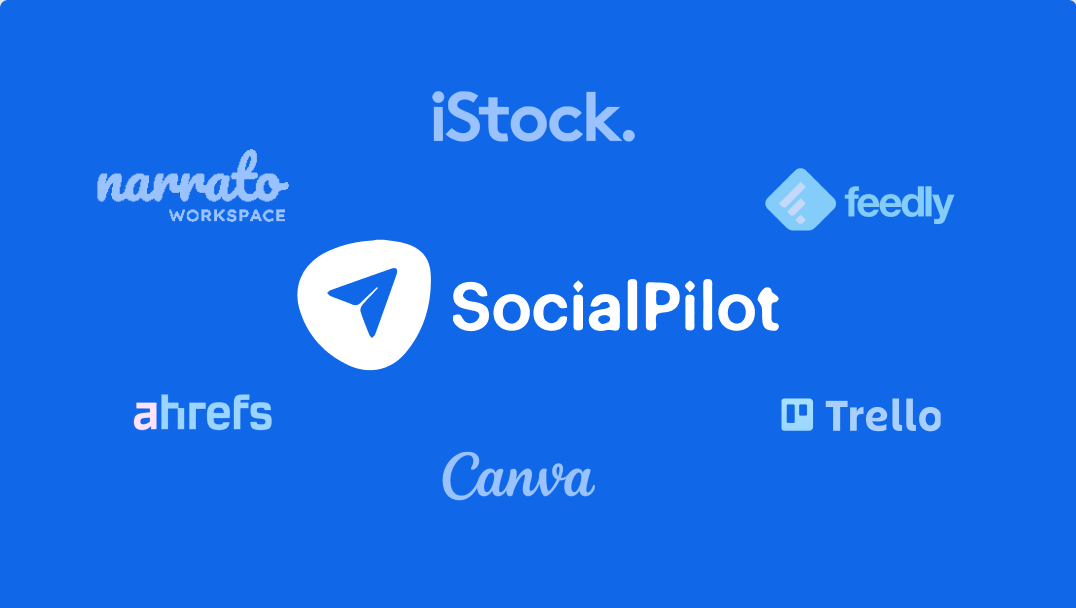Gone are the days when your content worked well if it had enriching information. Today, millennials and boomers want way more than raw facts.
Most of them have already entered their prime spending years, and you can’t afford to lose out on this youth power. They have the potential to volte-face your online reputation because of their avid digital presence.
But how do you get noticed by them? With the ever-increasing content volume and decreasing attention span, only one thing can make you the winner of this battle.
A foolproof content strategy optimized specifically for millennials.
According to the Pew Research Center, millennials lead all generations when it comes to smartphone ownership and social media use. They also rely heavily on influencer recommendations, online networks, and integrated shopping experiences when making a purchase.
Now understanding these is crucial to influencing how millennials view your brand and whether they’ll end up being a devoted customer. With the plethora of options available to them, it’s very easy to turn them off and lose them to a competitor.
In this blog, we shall discuss 7 tried and tested ways to appeal to this demographic with content.
Let’s start!
1. Avoid traditional, interruptive advertising
By turning to streaming services and social video platforms, millennials have largely abandoned traditional television.
The appeal of a streaming service like Netflix isn’t just the wealth of content available to users but the lack of ads. The rise of internet ad blockers also speaks to this desire to be left alone to watch the chosen content and not be bombarded with ads.
Smart brands have shifted to engaging content that young people like to resonate with. It’s more about storytelling than hard selling. This content marketing is genuine and authentic rather than calculated.
You can take some inspiration from REI’s series on YouTube. The recreational equipment brand puts out short-form documentaries on topics that resonate with their audience—inspiring feats, environmentalism, and groundbreaking athletes.
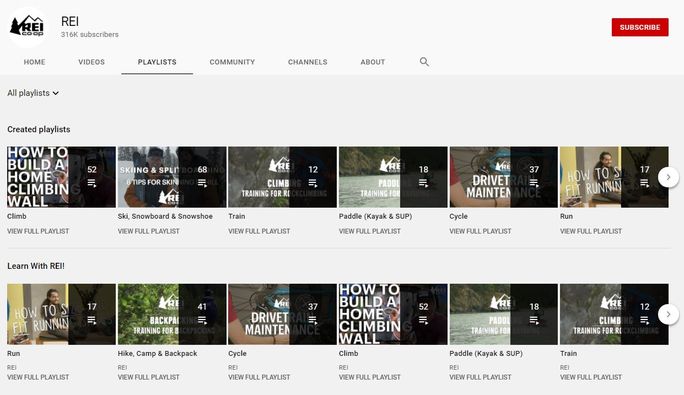
Nowhere in these videos do the subjects turn to the camera and say, “And I couldn’t have done it without the equipment I bought at REI.” The videos don’t play in between other videos that have nothing to do with them.
They are well-made, highly valuable pieces of content in their own right, circumventing ad blockers while still getting REI’s name in front of viewers.
You don’t need to fund a high-quality documentary series, but you can start making content that speaks to your target audience rather than speaking at them.
The first step is to make sure it doesn’t interrupt their experience and that they would choose to watch it—either on your social media channels or your website. Start exploring pivotal business themes rather than focusing on the products you sell to figure out how and what to create.
2. Create meaningful partnerships with important causes
A report suggested that 90% of millennials are likely to switch from one brand to another if they support a cause—even if the cost and quality of the two are the same.
Start by expressing support for a cause or charity and graduate to more demonstrable action like donating a portion of proceeds.
Taking a prominent stand supporting a cause that aligns with your business’s vision and model has two major benefits. One, you catch the attention of civic-minded millennials with your stance. And two, you can create a content vault out of it.
Share infographics, social videos, and blog posts explaining your connection to that cause and how a consumer’s dollar goes toward supporting it. Feel free to tweak, update, and re-release the content as needed.
Take Airbnb, which recognized the politically charged air around immigration and multiculturalism in the U.S. of late, and leaned in with their #WeAccept campaign.
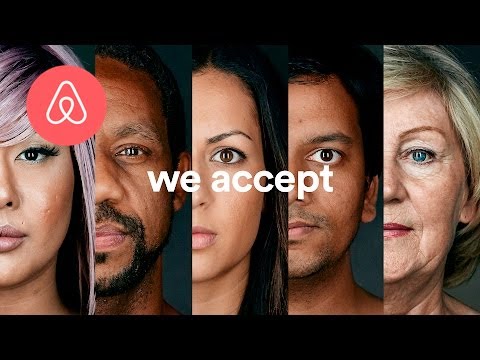
Another prominent and recent example is Nike’s emphatic support of NFL star Colin Kaepernick, which included multiple digital and television spots in supporting his cause of protesting against the treatment of minorities in America.
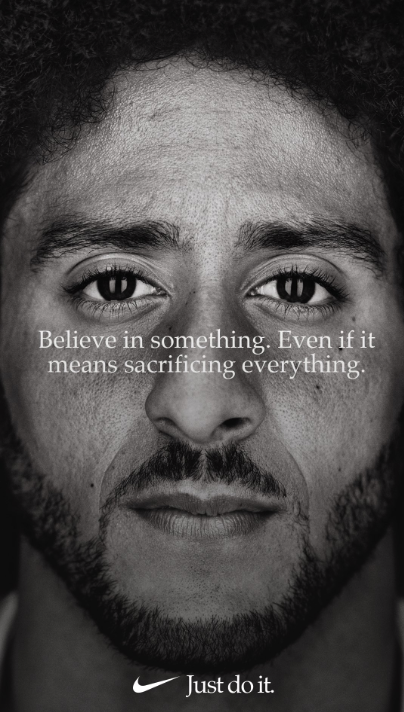
3. Make your content interactive
Passive consumption of content is a thing of the past. Brands are exploring ways to create interactive content to engage actively with millennials and younger generations. This kind of content includes quizzes, polls, choose-your-own outcome stories, sliders, and dynamic infographics.
While our attention spans may or may not be getting shorter, it’s true that we’re being inundated with content and thus have less time to engage with it all. Interactive content demands our attention and engagement, which drives up repeat visits and message retention.
It provides millennials with the kind of personalized content that they crave. If they’re watching a choose-your-own experience interactive video, the results are truly unique to that user. They can then share those unique results with their friends, further broadening your campaign’s reach.
Have a look at Asos’s Color Control interactive music video on YouTube, where users can change the video’s color palette, style, and outcomes just by clicking on the screen.

But if you don’t have the budget for such video, start small with quizzes, surveys, and polls, which can be mostly text-based and easy to build. Enlist the help of a developer to create a slider, animations, or other coding-savvy endeavour.
4. Encourage user-generated content
Arguably the easiest and least-expensive method on this list is to encourage your millennial users to produce content for you. You can repackage and reshare this content, further deepening your bond with your customers.
Millennials love authentic content, and they can tell when a brand is trying to “fake” it. 60% of users agree that the most authentic form of content by far is UGC, as opposed to just 20% who think brands themselves are most genuine. The average conversion rate of visitors who saw UGC is 161% more than those who didn’t.
Aerie, the women’s swimsuit and intimate apparel line, did an excellent job with their #AerieReal campaign, inviting users to submit unretouched photos while wearing their products.
It supported body positivity, community, and, of course, their swimsuits. This UGC-driven campaign made Aerie customers comfortable enough to share their entries on their handles.
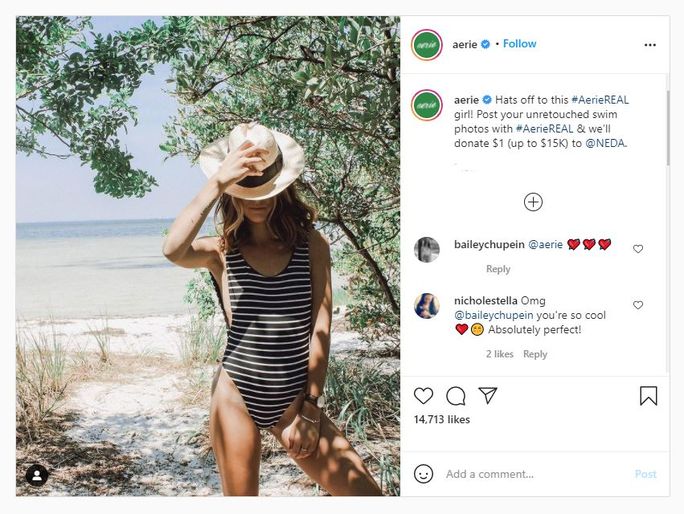
Garner Instagram posts or other responses on social media by making it a part of a giveaway or promising to reshare the best posts. Create a unique hashtag that other users can scroll through for inspiration. Your followers will appreciate being highlighted by your business, and you’ll build your reputation as an authentic source of content.
5. Enlist the help of micro-influencers
The value of a recommendation from a friend or family member is difficult to match, but influencer marketing comes close.
Millennials, in particular, relate to and enjoy the work of digital stars who came up in the social media age. They may not like traditional advertising, but the majority of them are fine with an ad if their favourite digital media personalities deliver it. A whopping 87% approve of product placement if it’s an influencer shouting out the product.
Influencers convey authenticity in a way that even celebrity endorsements can’t touch. This speaks to an important takeaway. It’s not so much the size of the influencer’s following—i.e., how important they are—but how genuinely they can express support for your product to their fans.
For example, That Dad Blog is a beautifully made blog about a father’s life with six kids. It’s about the trips they take, the holidays they prepare for. Chrysler saw a perfect opportunity to create a partnership with Alan Lawrence (the dad in question) that makes sense for all parties—creating content around the themes the blog already covers, such as travel.
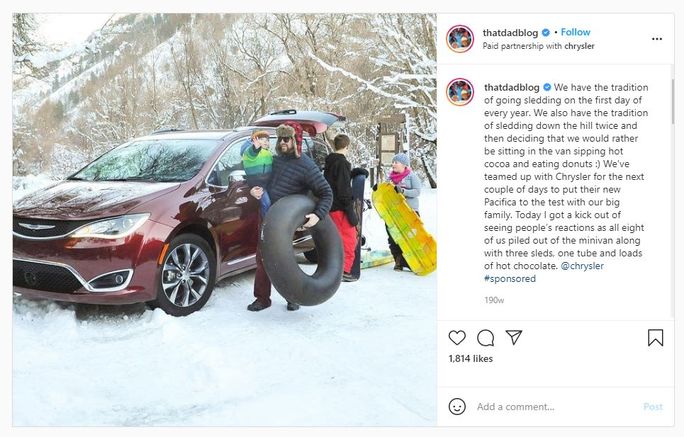
With that in mind, micro-influencers are the next wave in influencer marketing. Even though they have a smaller reach, their ability to persuade followers in their niche is impressive. Smaller businesses might investigate micro-influencers in their field who they can align with smoothly, for maximum impact.
6. Utilize FOMO
The most popular social media platforms among millennials and teenagers are Facebook, Instagram, Snapchat, and TikTok, with younger users skewing towards using Instagram and Snapchat.
These social media platforms popularize creating ephemeral content through their “Stories” function—posts that disappear within 24 hours. They also reinstate the power of video marketing.
Here’s what’s great about these visual posts, they are almost expected to be unpolished. You don’t have to dedicate hours to choosing the right filters or the perfect camera angle. Social media users appreciate brands that give users an unadulterated look into what goes on behind the scenes.
Take this example from BarkBox, a subscription-based dog toys and treats provider, posting about their “Bark Park” project in Nashville.
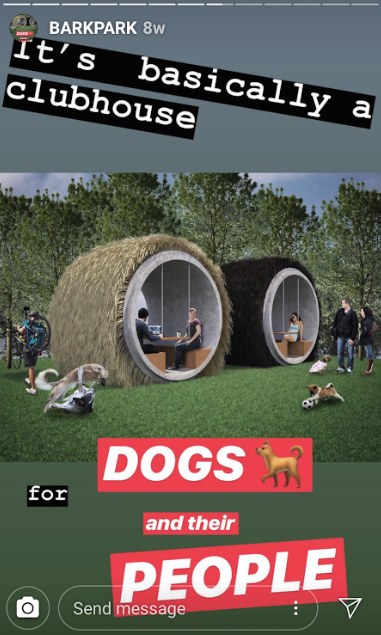
This post is loaded with different fonts and emojis, which means it would likely never make it into a professional presentation or investor deck. But that doesn’t mean it’s not perfect for telling a story that resonates with their followers.
Makeup brand Glossier is also well-known for its expert use of Instagram Stories. Check out one of their posts promoting a new product, Lidstar. Notice how the font sizes aren’t exactly the same or perfectly spaced, and yet it imparts the message that there are different shades and colours that look different on your skin in a way that makes sense to their customers.
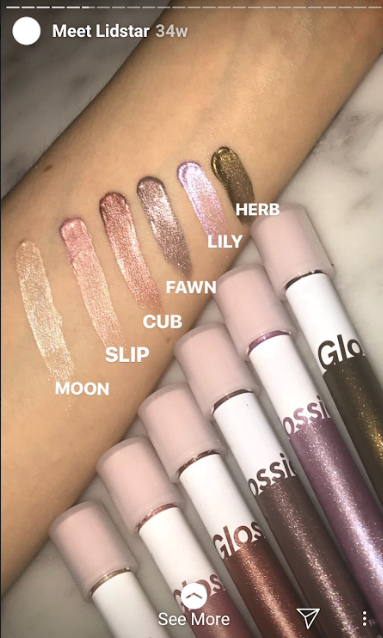
Because these Stories disappear quickly, it forces users to follow your channels and check back often for new content, which can include sneak peeks, discounts, or other reasons that they’ll have FOMO—fear of missing out.
7. Simplify your message
When it comes to text-based content marketing, the golden rule is to keep things short and simple.
Millennials might prefer to read their news over watching it in the video compared to older generations. But as we’ve emphasized throughout, their time is valuable and limited. They may even be using a second screen to read your content while they watch something else.
If you are writing an essay, email newsletter, a blog post, or social media copy, keep these tips in mind:
- Put important details in bullet points.
- Don’t waste time with platitudes or needless stories to pad out your word count.
- Provide links to case studies and other detailed information so readers can explore further if they wish.
Simplified storytelling isn’t bad—it’s more direct and to the point. Leave larger storytelling goals for your interactive or visual content.
Conclusion
Targeting millennials through content marketing means creating the kind of content they crave. It ought to be real, authentic, interactive, detailed yet simplified.
But the success rate of such content lies in their mode of delivery. You need to share these at the best time on the right channels. Choose your social media and video allies that they frequent on a daily basis. SocialPilot helps you accomplish this precisely.
It lets you optimize your post for multiple platforms and share them to all channels from one dashboard. You also get your hands on rigorous analytics reports that will help you develop better content marketing strategies. Take its free trial and magnify your reach to millennials and other vital demographics today.


